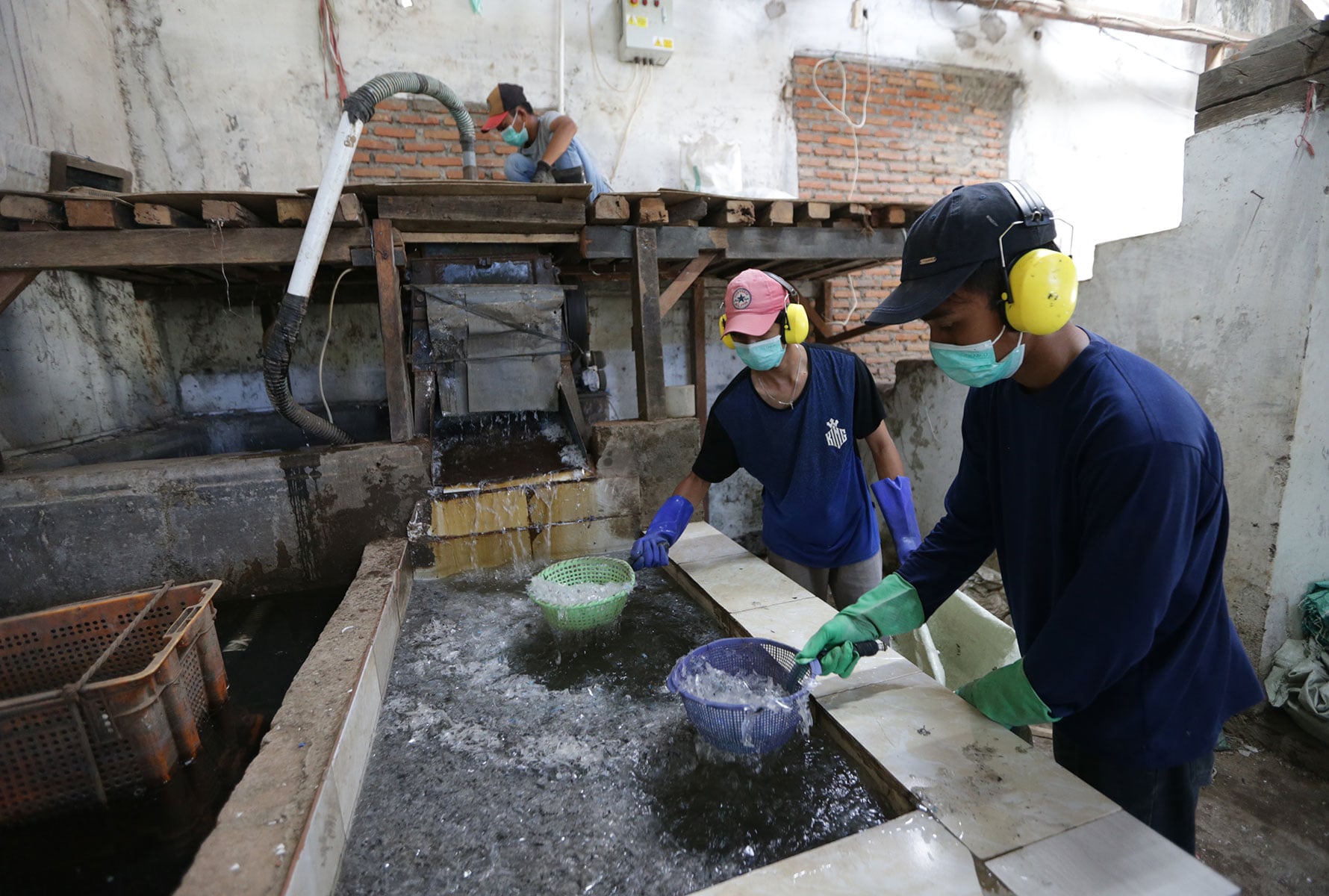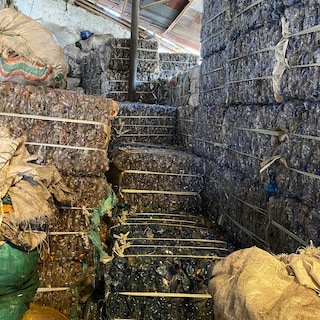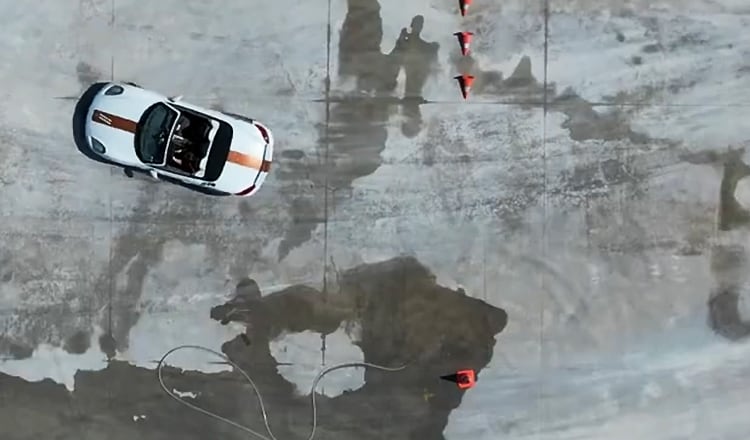As all of us at PMI continue our transformational journey, we’re working hard to integrate sustainability into every aspect of our business and activities by seeking to generate societal and environmental impacts that not only reduce our negative impacts, but also aspire to be both positive and measurable.
Impact valuation and Social Return On Investment (SROI) methodologies aim to estimate and demonstrate the generation of social and environmental value across the value chain.
These tools help companies better understand the effect their activities may have on local stakeholders, communities, and the wider environment. At PMI, we consider impact valuation a helpful tool to design, deploy, and evaluate the effectiveness of sustainability activities to support our strategy. As such, in 2023, PMI worked with Valuing Impact to apply a clear and robust impact valuation methodology to our Waste Bank and Plastic Recycling Project collaboration in Indonesia.
The Indonesian Waste Bank and Plastic Recycling Project is a PMI-funded, community-driven solution designed to address the effect of plastic waste while positively impacting local communities. By working with a local NGO to promote responsible waste management practices, it strives to protect the environment, alongside promoting job creation and alternative revenue streams.
What is a waste bank?
Waste management is crucial for environmental protection, ecological preservation, and public health. If solid waste, such as plastic, isn’t treated carefully, toxic chemicals can leech into the environment and affect the surrounding community.
In a waste bank, households are encouraged to sort their waste into compostable materials, inorganic (usually plastic) materials, and other recyclable materials (cardboard, paper, and aluminum, for example). Households can deposit plastic and other inorganic waste and receive payment in return.
The households can then keep their earnings within the waste bank or withdraw their cash when needed. According to the World Bank, Indonesia generates approximately 7.8 million tons of plastics per year, but up to 85 percent of plastic waste generated in rural communities is not formally collected. At PMI, we work with a local NGO to operate our waste bank and recycling hub initiative, which aims to reduce the amount of plastic waste entering the environment.
Collection points are installed at home, and the waste bank manages waste collection from the local community. To further ensure a full end-to-end waste management process, we supported the establishment of a recycling center for various types of plastic waste in rural communities, as well as four waste banks and 11 collection points. The plastic waste is then sold on to buyers who use it for recycled products.
Measuring the impact
Using an impact valuation methodology, we can measure the positive and negative social and environmental outcomes generated by this work.
The project recycled 38 tons of plastic in the year to October 2023 and was chosen because it delivered multiple elements related to natural, human, and social capital—going well beyond the initial investment of PMI. Whilst the project was relatively small in scale compared to the overall amount of waste generated in Indonesia, it demonstrated the utility of the methodology for evaluating the full scale of return on initial investment, which can be useful in making decisions on scaling up projects to have a greater, positive impact.
Our robust impact valuation methodology helped us focus on building impact pathways for each activity under the Waste Bank project (plastic waste management, plastic recycling, training, and health and safety).
As a final step, we translated each of these impacts into societal value—that is a monetary representation of natural, human, or social capital—and also created total values.
Results and learnings
After assessing the impact pathway for each of the project’s activities, we combined these into an overarching impact assessment.
In doing so, we found that most of the project’s value is driven by:
- Avoided plastic leakage to the oceans: Looking at the environmental benefits linked to plastic collection and recycling, we observed that most of the impact is from avoided water pollution resulting from waste stream into nature and the sea (as well as to a lesser extent, the climate change contribution reduction and the air pollution reduction from the displaced primary material production).
- Income generation: Additional income to the communities involved represents almost 30 percent of the total net impact of the project in the past year (estimated through the volumes of waste picked and the average selling price).
There were also negative impacts arising from energy use at the sites and transportation of materials—but the benefits of the project outweighed those costs according to the results.
To further enhance our understanding of the value and impact of this initiative, we also calculated the full Social Return On Investment (SROI) of the project using an equation covering the calculated societal value over the investments made in the project over time.
With this methodology, we were able to demonstrate that if the Waste Bank was to scale up its activities with a 30 percent growth rate from 2024–2030, then for every dollar invested in the project, a societal benefit equivalent to six U.S. dollars could be generated for society. How this benefit is distributed throughout the environment and society is indicated in the table above.
Employing this kind of methodology for sustainability projects has helped us shine a light on how we might better understand tradeoffs, inefficiencies, and knowledge about whether and by how much our activities contribute to societal value.
We believe that such information can help support stronger business decision-making and could enable other companies to focus investment on areas with the best returns for both business and society.
For instance, applying impact valuation methodologies at the design stage of a project could eventually enable more targeted data collection and better insight generation on social and environmental practices. One of the challenges in employing such methodologies is to reach optimal data collection granularity and data quality because, in many instances, most of the processes occur within the communities—and may be the result of multiple factors beyond solely the project.
By exploring impact valuation methodologies, we believe we can eventually better inform future investment decisions following the impact pathways that need it most.
Moving forward, we see these kinds of approaches as helpful complements to informing resource allocation, prioritization, and replicability. This is especially important as we continue working to understand—and account for—pressures on society and the environment.





